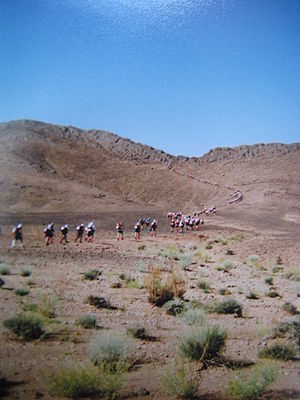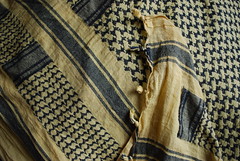Each environment has its own requirements for head protection. And although I am not convinced you can lose most of your body heat through your head (newer research indicates otherwise) , I do accept it can make a considerable difference warmth-wise.
Many westerners go for a hat/cap and headnet in the jungle. I think this is OK if you are not exerting yourself too much. Try it when doing a massively physical activity and the heat combined with humidity quickly makes it impractical. Mosquitoes and flies tend to go for the legs anyway.
A different story in the Arctic where high winds and freezing temperatures can quickly give you frostbite on the ear or nose. Even there, when engaged in very physical activity a lighter woolly hat or no hat at all may be possible – depending on temperature.
In the Salar I expect massive swings from night-time temperatures of -20C to day time temperatures of +15C. And so I have selected my head protection accordingly:
Terra Nova Windy Balaclava
This is a windproof, balaclava with a small wired visor. I got one yesterday for £23/$35. My normal cold weather balaclava is an
OR Gorilla which has a great detachable face mask. However, I have heard good things about the Windy and I know it has been used on a number of expeditions with good results. It also has a visor (the Gorilla doesn’t), which I think may prove useful in the Salar.
Injinji Desert Hat
This hat has been used extensively in desert stage ultra-marathons like the Marathon des Sables and I have never heard anything bad about it. The newer model has a longer and wider neck cover. My
only concern is its performance under high wind as the neck cover does not cinch in the front. I got one for £22/$34.
Is there a single piece of headgear that would protect against wind, cold and the searing sun?
Possibly.
The traditional middle-eastern headscarf called Shemagh was designed to do just that. I have had a shemagh for many years now and its versatility is astounding. I have never used it while doing intense physical activity though so its performance in that respect is unknown to me. I will give it a good test in the Salar and will keep you posted on the results. I wouldn’t be surprised if yet again a traditional approach proves superior to our modern-day technological contrivances.











